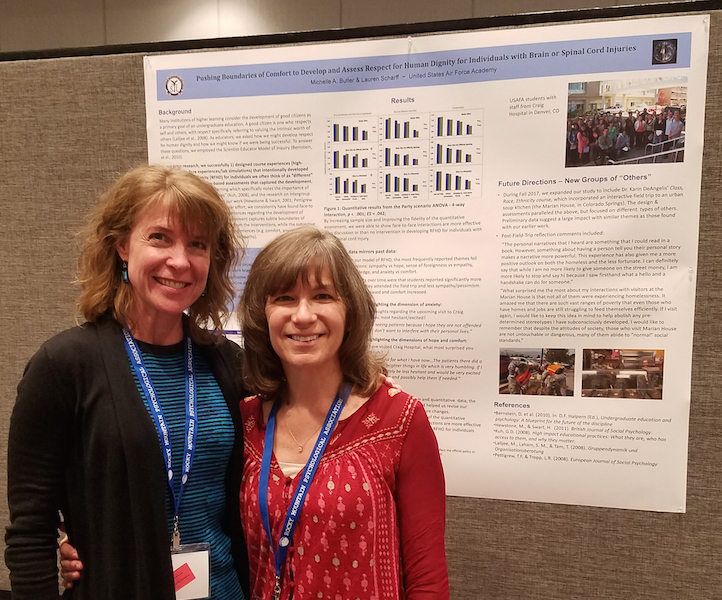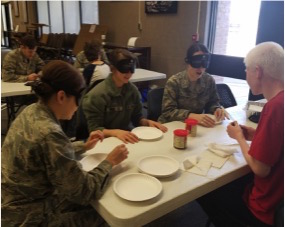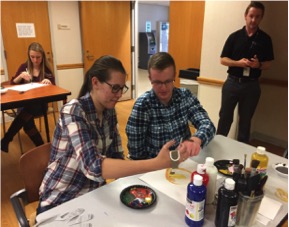- Purpose
- Scientist-Educator Model (Bernstein et al., 2010)
- Our-Interventions
- Our-Assessments
- Lessons learned
- Tips for Adapting Our Work to Your Course
- Future directions
- Acknowledgements
Research
Presentations with links to posters

Lauren & Michelle at RMPA 2018

